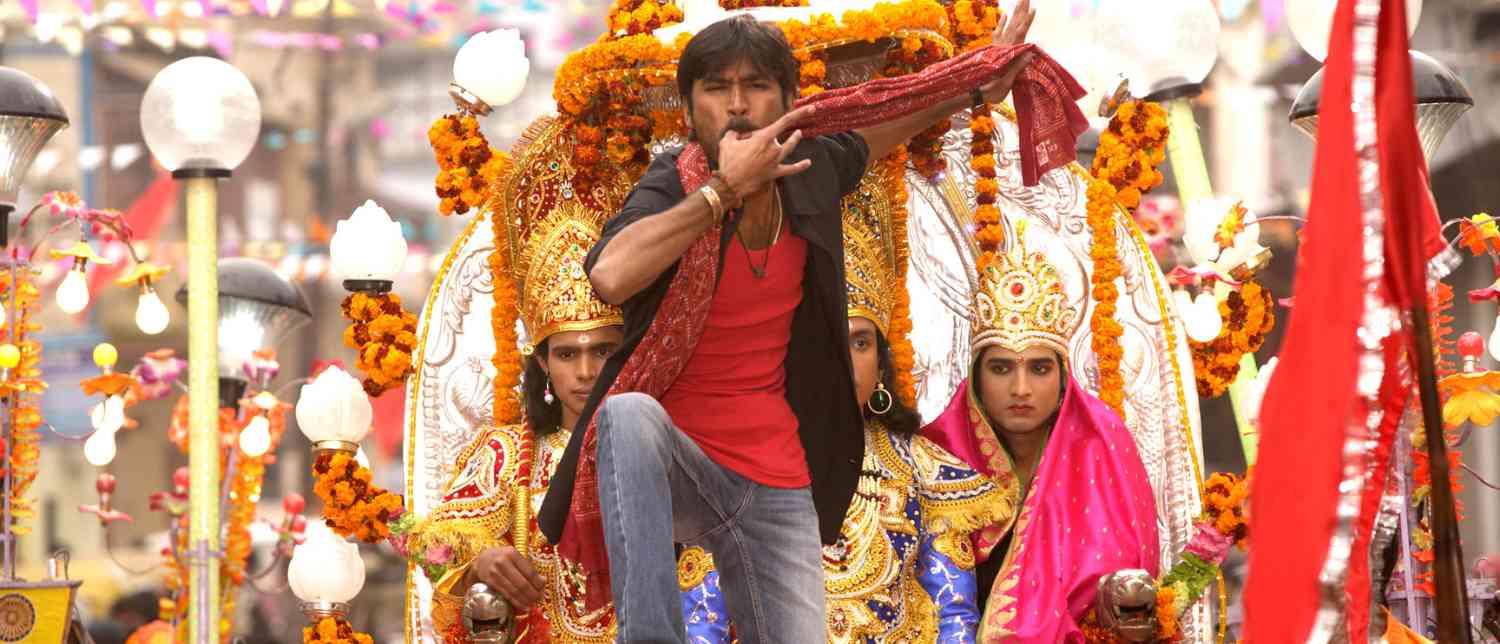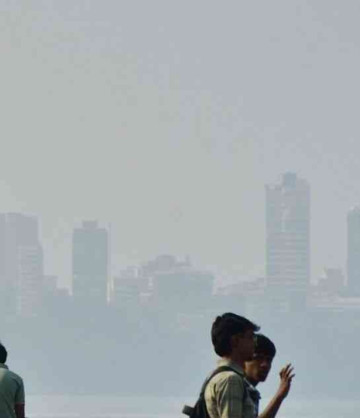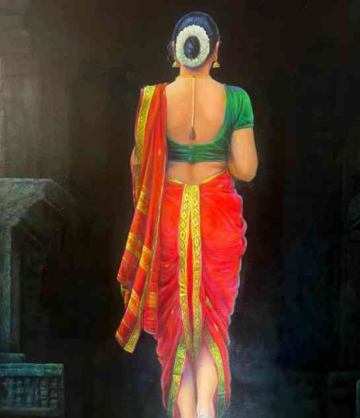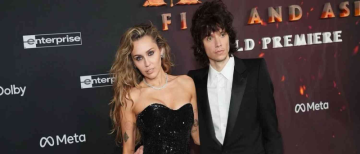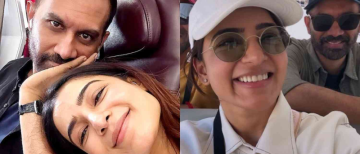When Eros International decided to re-release Raanjhanaa—Aanand L Rai’s celebrated 2013 romantic drama—with an AI-generated “happy ending,” they probably anticipated some headlines. What they may not have anticipated was a full-blown industry-wide debate about the sanctity of artistic vision, the ethics of AI intervention, and whether films, once completed, should ever be rewritten without their creators’ consent.
The AI-altered version, screened in Tamil Nadu as Ambikapathy, has transformed a deeply tragic ending into an unexpectedly hopeful one. And in doing so, it has ignited conversations that reach far beyond one film, one studio, or one controversy. At stake is nothing less than the future of storytelling itself.
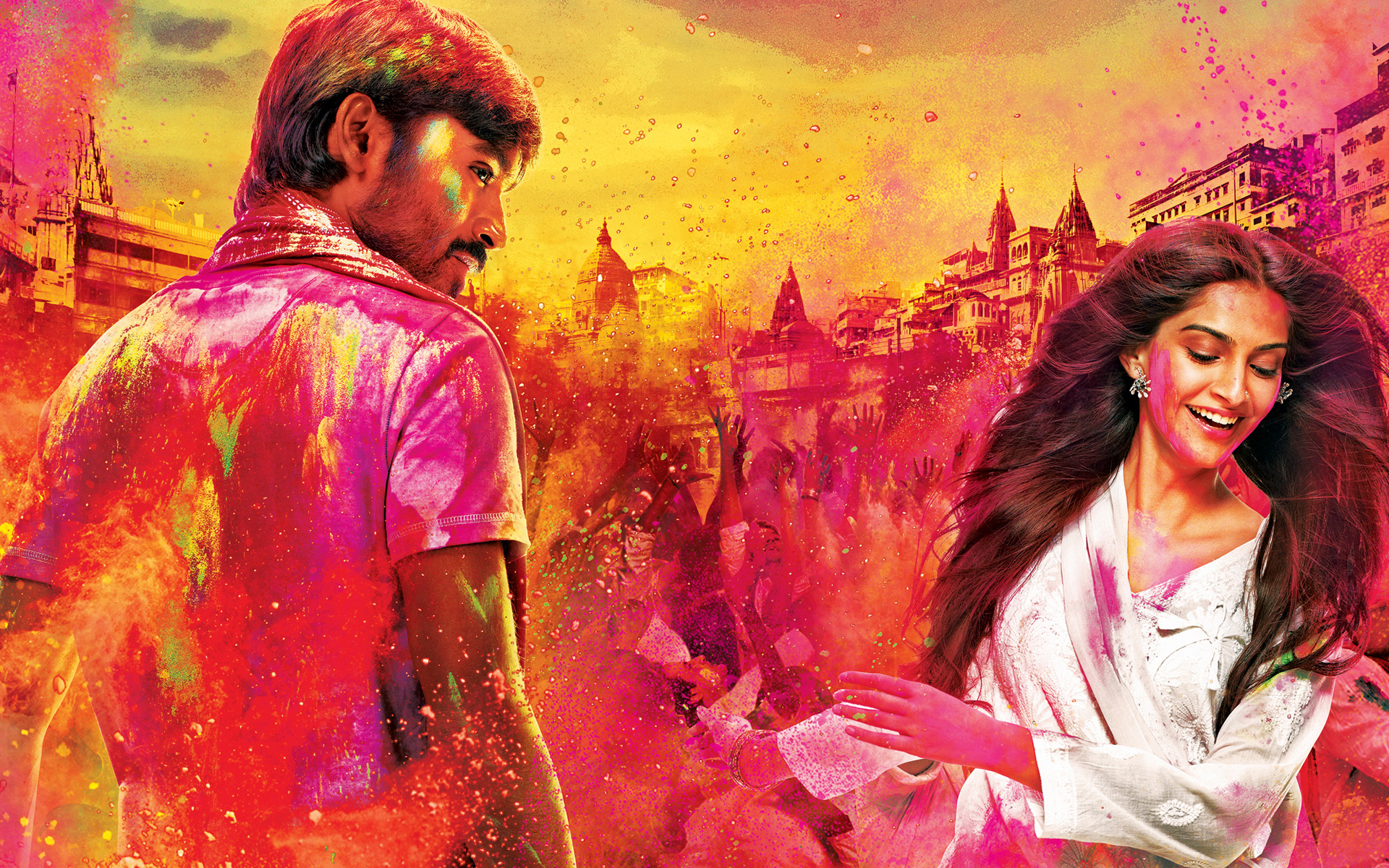
The Original Vision — and Why It Mattered
Raanjhanaa, directed by Aanand L Rai and written by Himanshu Sharma, was more than a love story. It was a tale of unrequited love, sacrifice, and inevitability. In the original climax, Kundan dies after being attacked during a political rally for Zoya (Sonam Kapoor), the woman he loves but can never truly have.
As his life fades, the film closes with a poetic montage of his younger self wandering the streets of Varanasi, a bittersweet farewell underscoring the themes of longing and futility. It was an ending that stayed with audiences — heartbreaking, but thematically consistent.
In the AI-modified re-release, Kundan wakes up in a hospital to the tearful smiles of friends Bindiya (Swara Bhasker) and Murari (Mohammad Zeeshan Ayyub). The Varanasi montage remains, but the tragedy is erased, replaced by a hopeful note that jars with the film’s original tone.
For Rai, this wasn’t simply an alternate cut — it was the dismantling of the emotional spine of his film. “To cloak a film’s emotional legacy in a synthetic cape without consent is not a creative act. It’s an abject betrayal of everything we built,” he wrote on Instagram.
Dhanush echoed this sentiment, calling the change a violation of the film’s “soul” and making it “not the film I committed to.”
The Studio’s Defence and the Legal Angle
Eros International insists it acted within its legal rights. Under Indian copyright law, the producer of a film is its primary rights-holder. Pradeep Dwivedi, Group CEO of Eros Media World, defended the move as a “reinterpretation” rather than a replacement.
“This project was executed with sensitivity to the original vision, but also with creative freedom to offer a new emotional lens to today’s audiences,” Dwivedi stated. He compared it to global practices like anniversary editions, alternate cuts, and remasters.
Eros claims the new ending is clearly labelled, separate from the original, and aimed at reintroducing Raanjhanaa to a younger, regional audience. The company also accused Rai of using the controversy to deflect from unrelated legal disputes involving his production company, Colour Yellow Productions.
Legally, they are correct: as rights owners, they can alter and re-release their films. But as critics and creators point out, legality is not the same as ethicality.
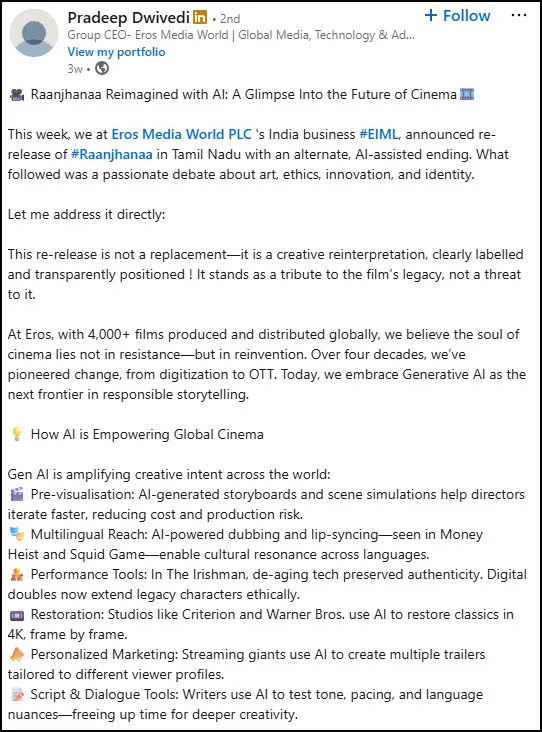
Moral Rights vs. Market Rights
At the heart of the uproar is the concept of moral rights — the rights of creators to protect the integrity of their work and object to derogatory changes. While these are enshrined in some countries, in India, contractual clauses often override them, leaving filmmakers vulnerable.
Industry voices like Farhan Akhtar and Neeraj Pandey have publicly sided with Rai and Dhanush, stressing that creators’ feelings should matter even when studios have legal control.
Film critic Mayank Shekhar summed it up: “Technically, what Eros has done isn’t illegal — it’s certainly unethical.”
Why This Is a Dangerous Precedent
AI in cinema is nothing new — it has been used for dubbing, CGI clean-up, and restoration. Netflix has tested AI-synchronised lip movements; David Fincher used AI for Se7en’s 4K restoration; voice replication tools like Respeecher have entered the mainstream.
But Raanjhanaa marks the first time a film’s story has been altered using AI for a theatrical re-release, without the original creators’ consent.
This opens the door to algorithmic revisionism — a future where studios treat films as endlessly editable assets, adjusting endings, character arcs, or even removing politically uncomfortable scenes to fit current market trends. As one critic put it, “History itself becomes mutable.”
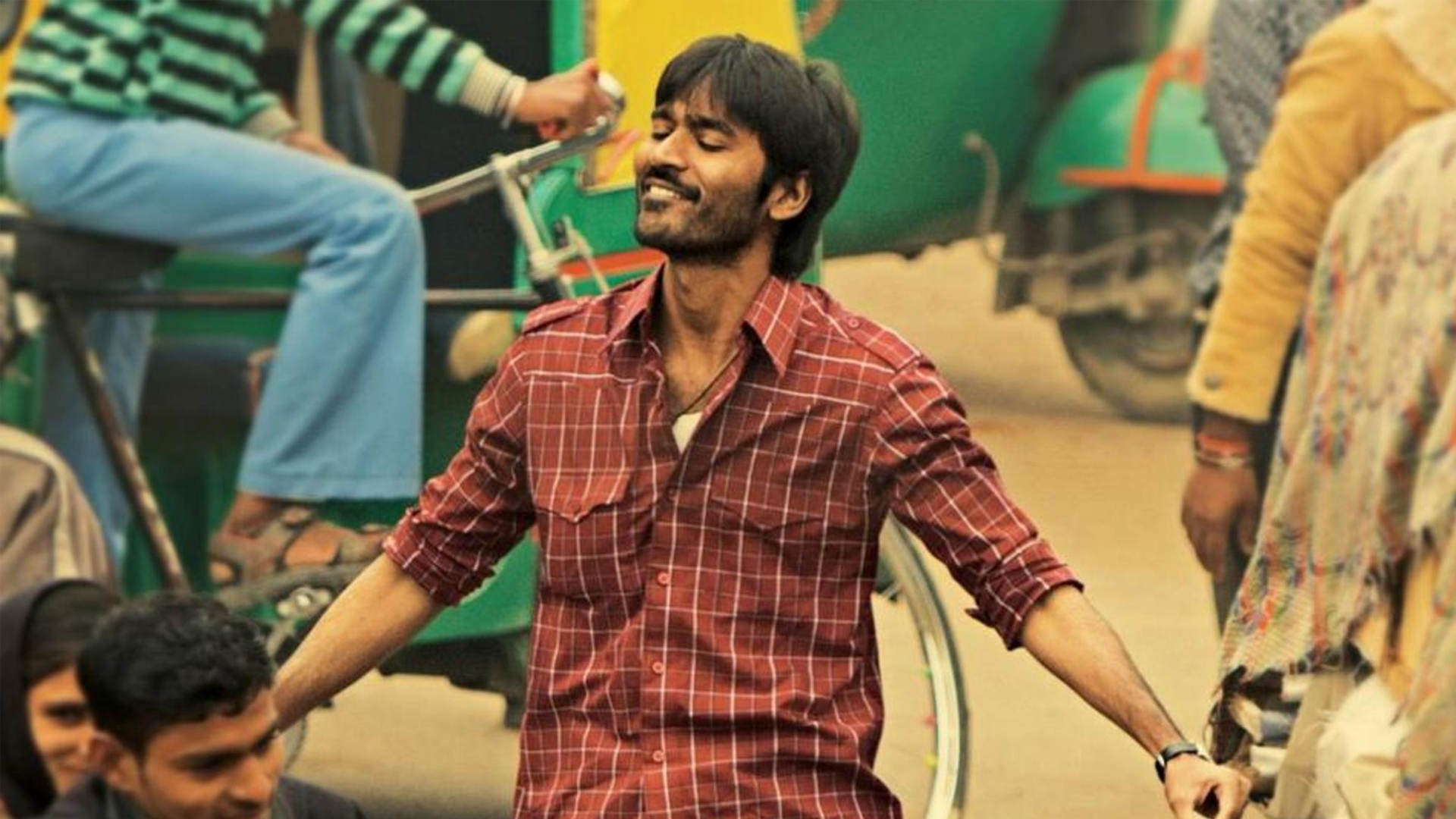
A Global Context and an Urgent Local Need
In Hollywood, the 2023 SAG-AFTRA strike secured guardrails for AI use, driven by fears it could replace actors or manipulate performances without consent.
In India, however, no such framework exists. The Raanjhanaa controversy has become a wake-up call for unions and guilds to demand AI-specific policies that protect not just big-name directors and stars, but also the vast network of writers, dubbing artists, lyricists, musicians, and technicians whose livelihoods could be disrupted.
Without regulation, AI could streamline labour-intensive tasks, shrinking crew sizes and undercutting wages, while also undermining royalties and residuals. As Canadian physicist Ursula Franklin once said, technology changes not only what we do but also “our notions of power and authority” — and in a capital-driven film industry, that power already skews towards studios and platforms.
Distinctive Styles at Risk
Ironically, the more distinctive a filmmaker’s or writer’s style, the more vulnerable they may be to AI mimicry. Already, online communities are sharing AI prompts to generate “Gulzar-style” lyrics. As lyricist Javed Akhtar quipped — only half-jokingly — AI might not yet match the Salim-Javed standard, but “things will change in the future.”
In other words: the threat isn’t just to existing works, but to the creative process itself.
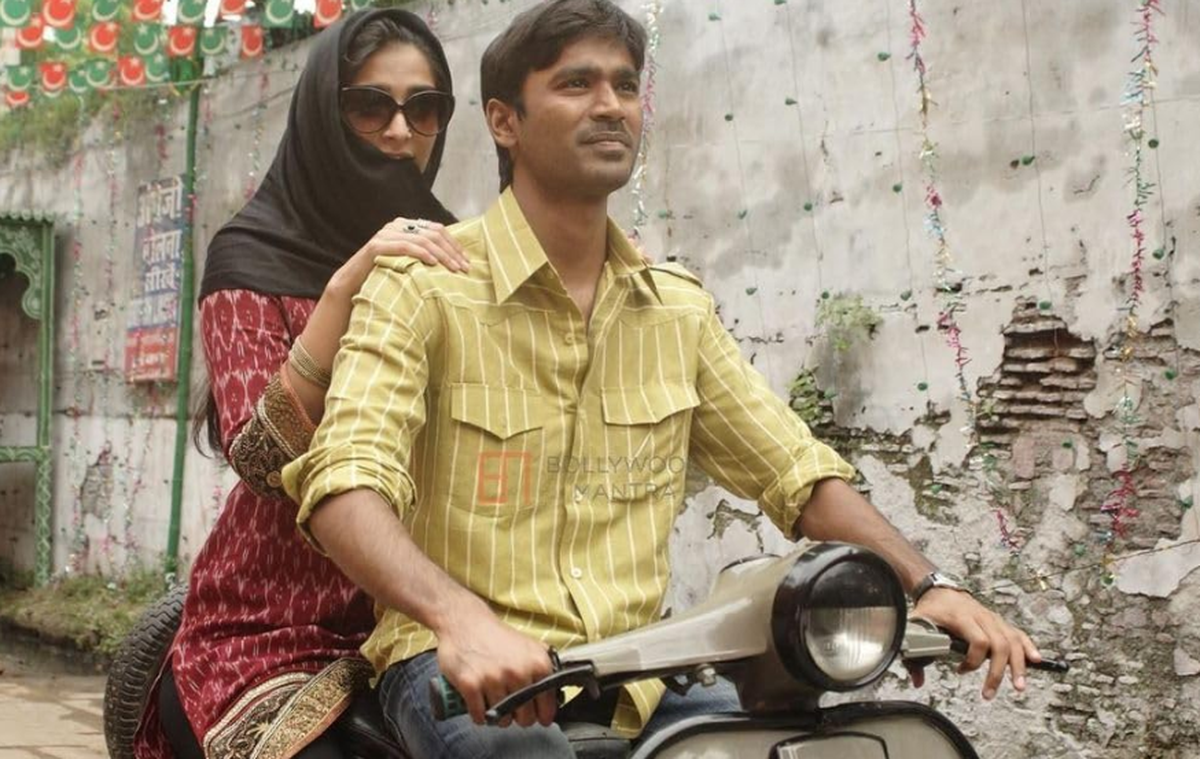
The Legal Battlefield Ahead
The creative team behind Raanjhanaa is exploring judicial remedies to stop what they call the “unauthorised alteration” of their film and to safeguard their other works. But the law is stacked in favour of studios that own the intellectual property outright.
Eros, meanwhile, is doubling down on its AI ambitions, framing itself as a pioneer “bridging cinematic legacy with future-ready formats.” To them, this is augmented storytelling — the next logical step in cinema’s evolution, akin to the shift from black-and-white to colour.
Audience Choice vs. Artistic Consent
Some argue that offering both versions empowers audiences: watch the original if you want tragedy, or the AI cut if you prefer a happy ending. But for creators, the issue isn’t about consumer choice — it’s about authorship.
As Rai put it: “This was never just a film to us. It was shaped by human hands, human flaws, and human feeling.” Once altered without consent, a work no longer represents the collaborative truth its makers intended.

The Broader Cultural Stakes
If studios embrace a philosophy that no film is ever truly finished — that endings, character arcs, and themes can be rewritten at will — then the permanence of art is lost. We risk creating a cultural archive where no version is definitive, and future generations may never see works in their original form.
This isn’t just about nostalgia. It’s about the integrity of storytelling — a cornerstone of human culture.
Where Do We Go From Here?
The Raanjhanaa episode shows that India urgently needs:
-
Stronger moral rights protections in copyright law
-
Industry-wide ethical guidelines for AI use in film
-
Transparent labelling of altered works to prevent audience deception
-
Collective bargaining by film workers’ unions to protect jobs and royalties
Technology will keep evolving. AI will undoubtedly shape future filmmaking. But past works — completed, released, and culturally embedded — deserve protection from unilateral, machine-driven revisions.

Final Frame
What happened to Raanjhanaa is not just a matter of one film’s ending being changed. It’s a warning shot about the future of cinema. The original ending was a deliberate creative choice — a statement about love, sacrifice, and the inevitability of loss. By replacing it with an AI-generated smile, the studio didn’t just alter a scene; it rewrote the story’s meaning.
If creators can’t trust that their finished work will remain intact, every song, film, and piece of art becomes vulnerable to silent, unconsented rewrites. And once we accept that, we step into a future where nothing is truly original, and nothing is truly safe.
With inputs from agencies
Image Source: Multiple agencies
© Copyright 2025. All Rights Reserved. Powered by Vygr Media.

